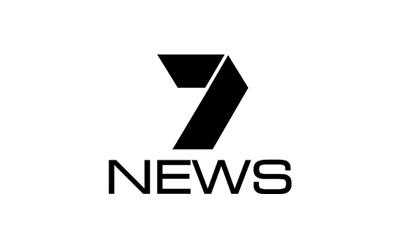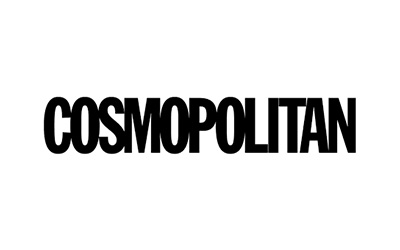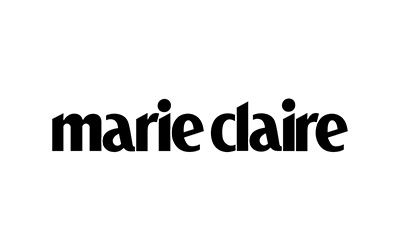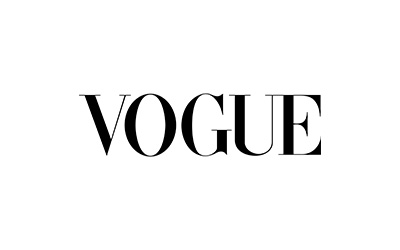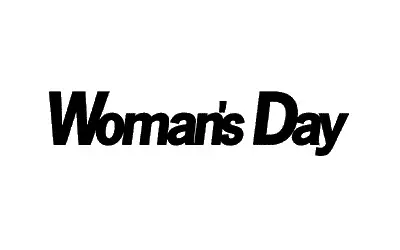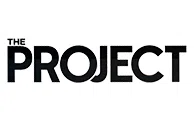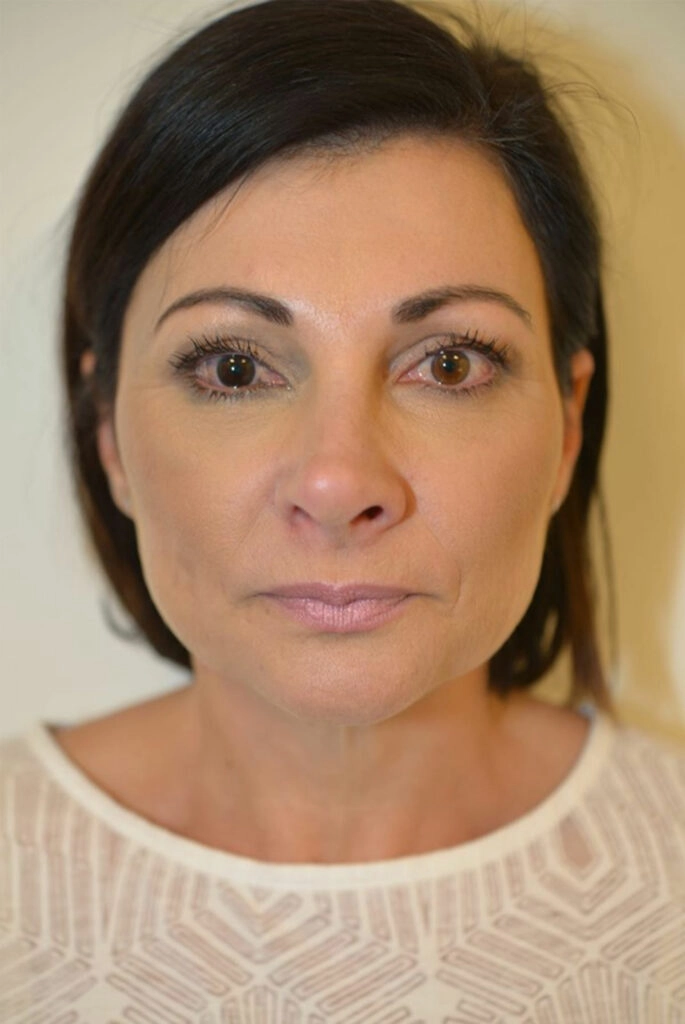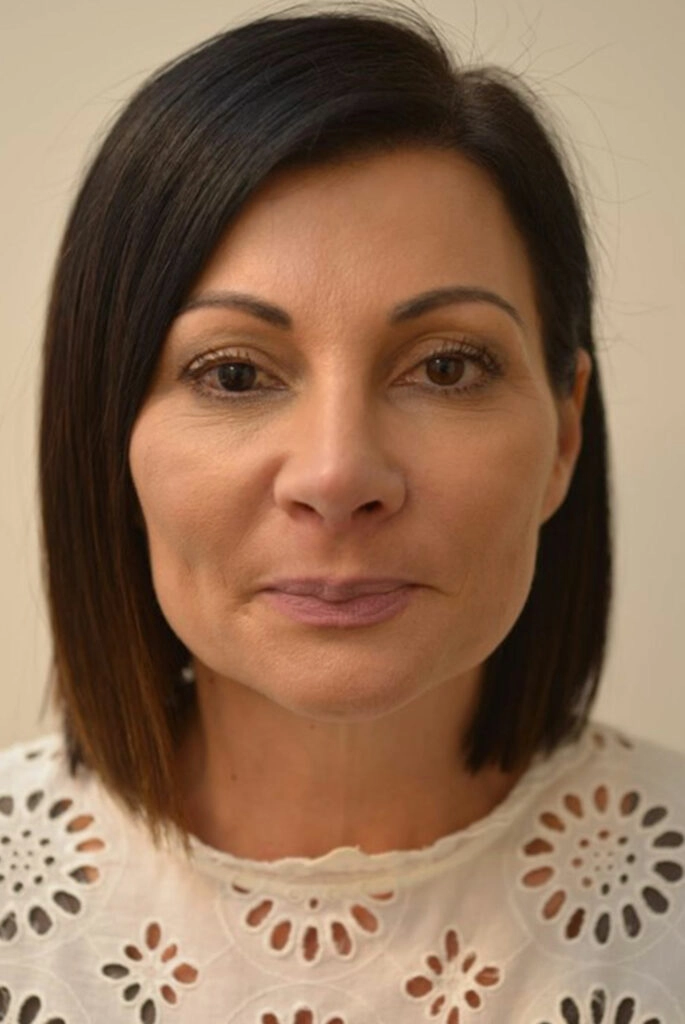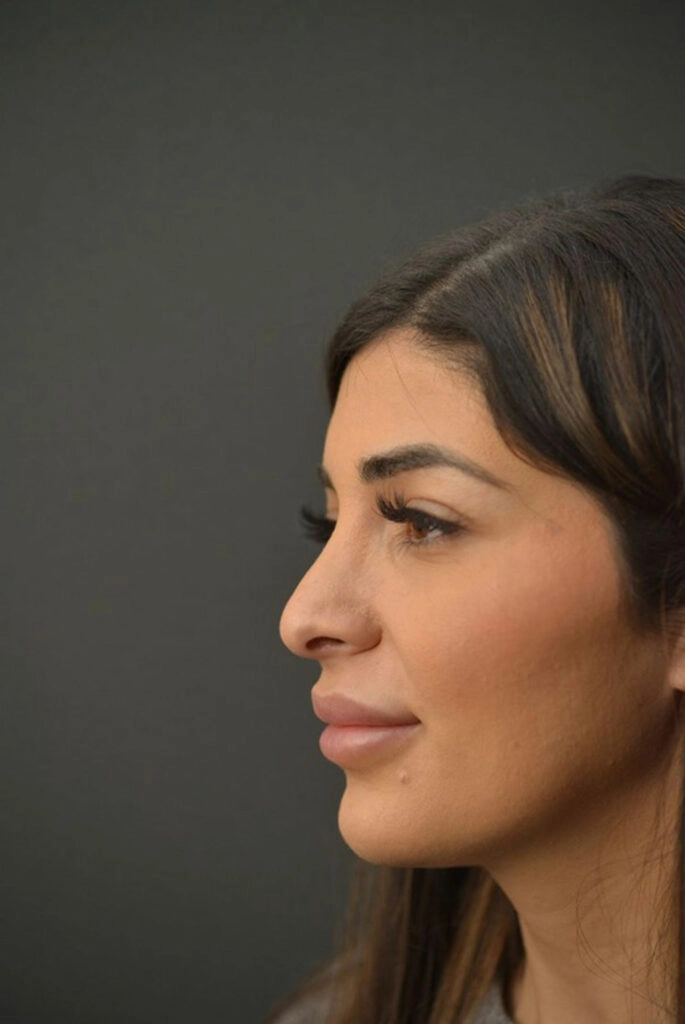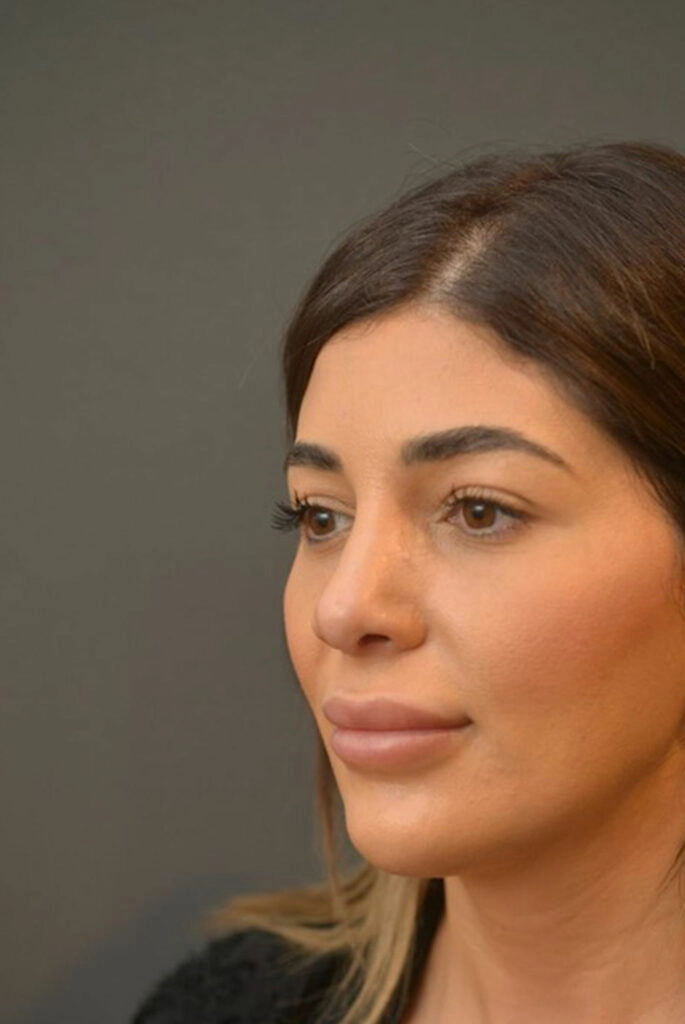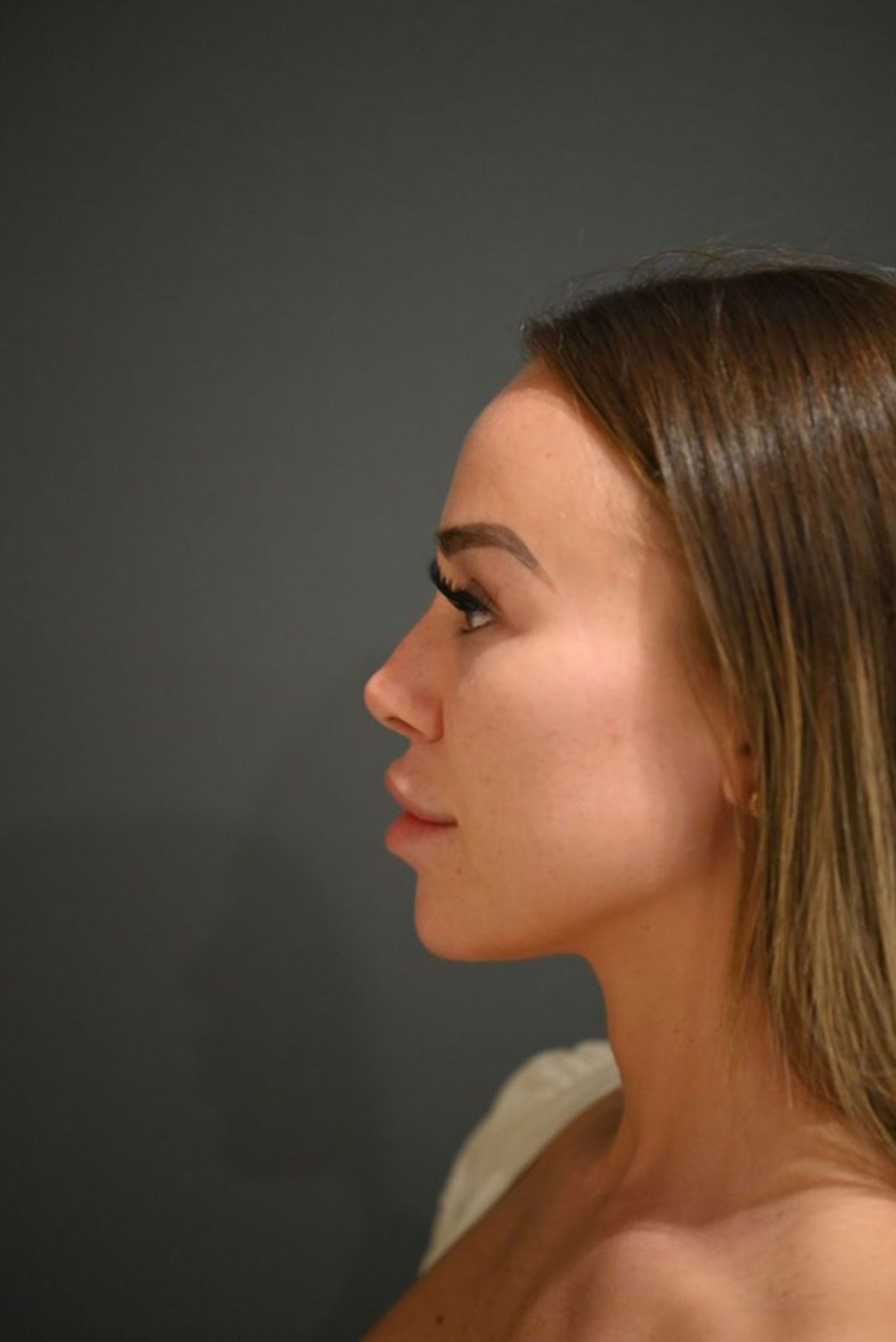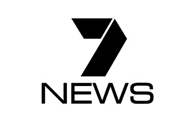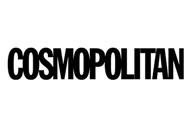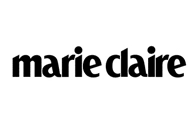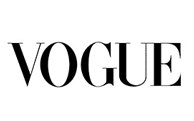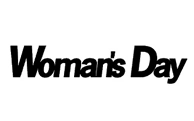Revision Rhinoplasty
The goal of Revision Rhinoplasty is to help you obtain the nose that you always wanted.
Revision Rhinoplasty relies on the same 3 principles as a primary Rhinoplasty. Engineering, Mathematical proportions and Shape (the way you want the nose to look). The important difference is that cartilage grafting is often required to re-build the foundations of the nose before re-shaping.
Patients present for Revision Rhinoplasty because they are unhappy with the current state of the nose for either functional (breathing) or aesthetic (appearance) issues.
Dr Jack Zoumaras as a specialist Rhinoplasty surgeon has performed numerous revision rhinoplasty, secondary, tertiary and even quaternary revisions. Rhinoplasty has a high revision rate in comparison to other elective aesthetic procedures so it is important to go to someone who is experienced and reputable in Rhinoplasty surgery.
Rhinoplasty as a blend of science, medicine and engineering must be appreciated for all it is and occasionally the skin does not heal well and the cartilage shifts despite the best efforts of securing it. This is the reason Rhinoplasty has a higher revision rate than other aesthetic procedures.
Model featured in photography
Technique
Revision Rhinoplasty is essentially the same procedure as a Primary Rhinoplasty with the important caveat of adding cartilage grafts to the nose. The cartilage grafts are not there to make the nose larger but to support its foundations, they give structural support to the nose prior to re-shaping the nose for aesthetic and functional breathing reasons.
The Revision Rhinoplasty is a reconstruction of the components of the nose. These components are the upper, middle and lower thirds. They include and are not limited to the following grafts:
Spreader grafts, septal extension grafts, columella struts, batten grafts and alar grafts.
Once these grafts are in place the foundation of the nose is restored and the shape can now be adjusted with primary Rhinoplasty techniques.
The nose can be narrowed, the tip lifted, the nose shortened or lengthened and the projection and rotation of the tip adjusted and fine-tuned.
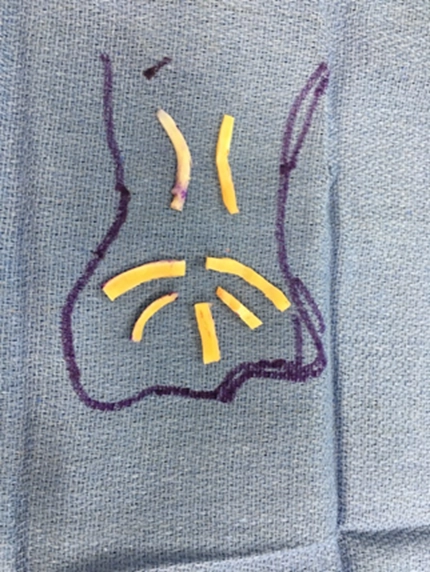
Rib Costal Cartilage
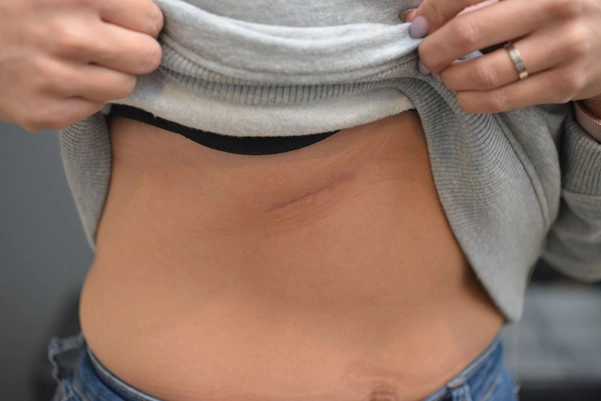
Rib Allograft
A new exciting product has been made available in Australia and that is allograft. It is a donated cartilage graft from a cadaver that has gone through all the regulatory approvals. This enables patients to choose between allograft or their own graft. Using allograft is ‘off the shelf’ cartilage and you don’t have an incision on your chest wall and the procedure can be 30-45 minutes faster.
Septal and Ear Cartilage Grafts
When a small amount of cartilage graft is required for a revision the septum can still be harvested. Some patients may have had an older style rhinoplasty where a septoplasty was not performed. These patients still have enough septum for reconstruction of the nose during revision.
When a small amount of cartilage is required the ear cartilage can be harvested. The concha of each ear and there is no resulting shape change to the ear. The ear cartilage lacks structural strength so is only used as onlay grafts or grafts that don’t require structural strength and changing the structure of the nose.
PROCEdURE SNAPSHOT
3-5hr procedure
1 day or night in hospital
2 weeks unsociable
Qualified facelift plastic surgeon:
- World-trained Dr Jack Zoumaras
- Qualified Anaesthetist, Accredited hospital
Results: Refine your tip, remove the nasal bump, improve breathing, straighten nose and re shape your tip.
Investment in yourself
Rhinoplasty has risks that include breathing issues, asymmetry of the tip or dorsum and more
You will feel:
Model featured in photography
FAQs
A Non surgical rhinoplasty involves placing filler either side of a nasal hump to give the illusion that the nose is straight with no bump. This sort of Rhinoplasty will lengthen the nose.
Aaugmentation Rhinoplasty with silicone or with your own cartilage can be used to create a stronger nasal bridge in the Asian nose.
Likewise an alar base reduction and bulbous tip reduction can be done in a African American nose.
Your air entry will be assessed when having a Rhinoplasty and if necessary your breathing is addressed. A septoplasty and turbinoplasty can be performed as part of your Rhinoplasty to improve breathing.
A subtle tip rhinoplasty or removal of a bump from your nose is possible without changing the overall shape or projection. Your nose may also be straightened. If all you want is a small change then your nose will not look different.
As a Rhinoplasty expert Dr Jack Zoumaras will ensure that your nose matches your face and desires.
If you desire your nose to look more different then this is possible also.
A closed Rhinoplasty is not offered at Artiste. As a master Rhinoplasty Surgeon Dr Jack Zoumaras, like other world wide experts, has moved on from performing the out-dated closed rhinoplasty. This is primarily because you cannot get control of the tip without opening the nose.
Yes a tip Rhinoplasty is possible. We can refine the tip, make it less bulbous and change the position of the tip.
A Rhinoplasty will be uncomfortable for the first two days and then improve. After this your nose will feel heavy and congested like you have a head cold. Symptoms improve after 5 days and most of our patients do not take any pain medication after 7 days.
Dr Jack Zoumaras spends up to an hour during the first consultation to assess your nose and make recommendations. A further follow up consultation is organised to make sure we are on the same page. Medicine and Surgery is not black and white and following your surgery if you are unhappy with the shape of your nose we can discuss a revision. It is important to note that the revision rate for Rhinoplasty is 10% worldwide.
Your nose will be well supported with your own cartilage during the surgery so it is not going to be damaged if you bump your nose once it is healed at 6 weeks. We have had many of our patients knock their nose after a Rhinoplasty (especially if they have toddlers, or from accidental contact at a workplace) and there has been no issue. If you do bump your nose however, we advise you to attend a follow up appointment so we can assess the nose ASAP.
In the first week after your Rhinoplasty a splint is used to protect the nose and it is then advised to avoid contact for 6 weeks as the nose is healing.
You can go for short walks after 7 days and then jog for the next two weeks followed by running after 4 weeks. After 4 weeks you may go back to light physical exercise (hydraulic weights preferable). Any high impact classes or F45 classes, you need to wait between 8-12 weeks based on your individual recommendations.
A Rhinoplasty will take two weeks for a near full recovery. Most of our patients return to work or university after two weeks.
A Rhinoplasty can be done as Day or Overnight surgery, depending on each case and individual. The expected downtime is 14 days.
Everybody would love to know the cost of a Rhinoplasty before embarking on surgery, but this is difficult to ascertain, much like it is to get a quote on renovating your kitchen without a builder or designer measuring the dimensions of your kitchen and then asking what appliances and materials that you would like. For a Rhinoplasty the many variables include breathing issues, revision surgery, and if anything needs to be done to the alar and tip of the nose. These are technical factors that must be taken into consideration. Other factors include health insurance, possible medicare rebates and the certain nuances with one's nose. Dr Jack Zoumaras at Artiste Plastic Surgery, is a world acclaimed Rhinoplasty Surgeon having been invited to prestigious national and international meetings. He also regularly performs Rhinoplasty procedures, around 2-4 procedures per week. The guideline investment to get the nose varies from $17-22k for the surgical fee alone. Hospital and anaesthetic fees to keep you safe are outlined here.
Rhinoplasty is commonly combined with other procedures such as eyelid surgery, facelift surgery, and chin implants for overall facial rejuvenation.
As with any surgery, there are some risks involved with rhinoplasty. Some potential complications include:
- Infection
- Bleeding
- Bruising
- Difficulty breathing
- Scarring
- Poor wound healing
- Skin discoloration
Rhinoplasty is surgery. Patients should be prepared knowing that results are not immediate. The recovery process following surgery can take up to one year before all residual swelling subsides. However, once full results are achieved, patients can expect to enjoy their results for many years.
Patients who are unsatisfied with the appearance of their nose may be ideal candidates for rhinoplasty. It is important that patients are in good health, do not have any serious medical conditions or illnesses, and have realistic expectations.
As Seen On
